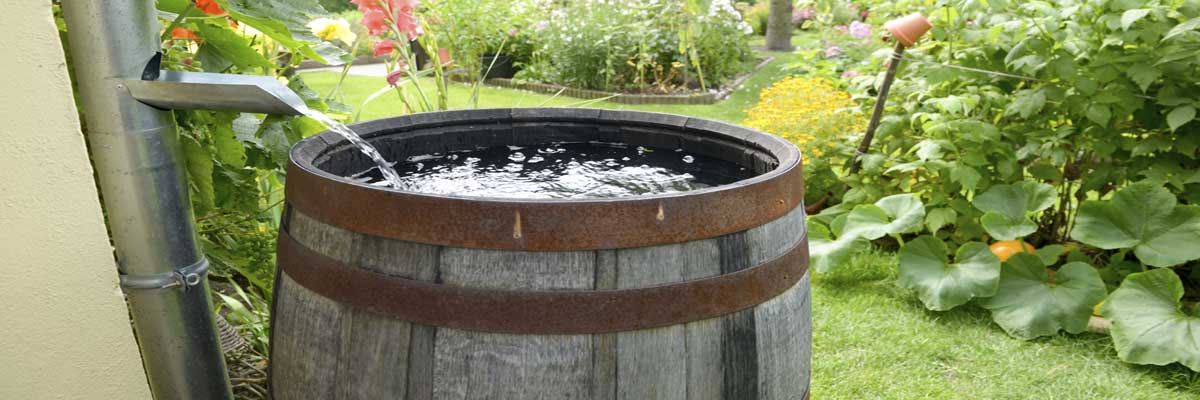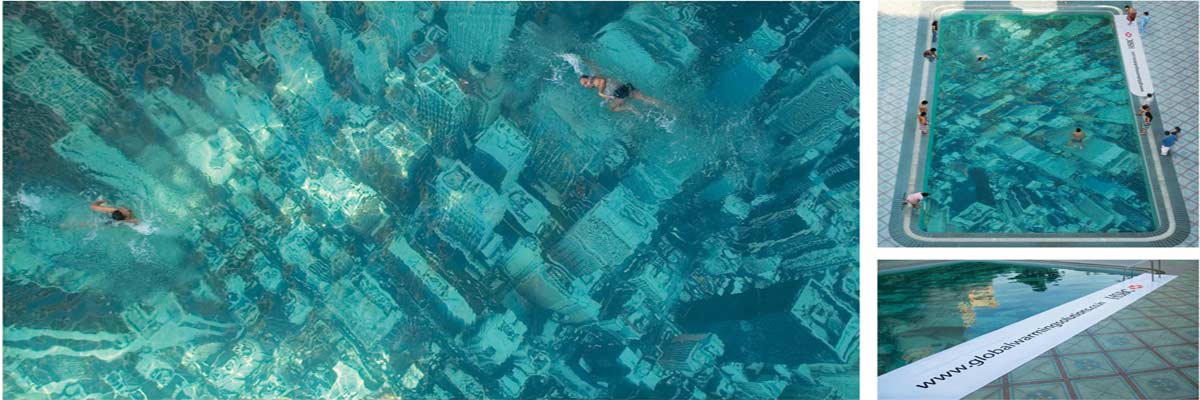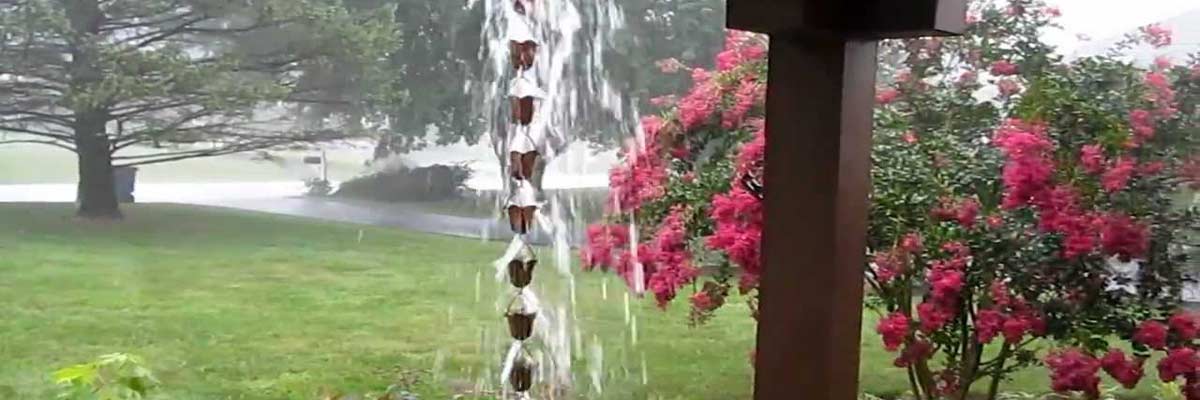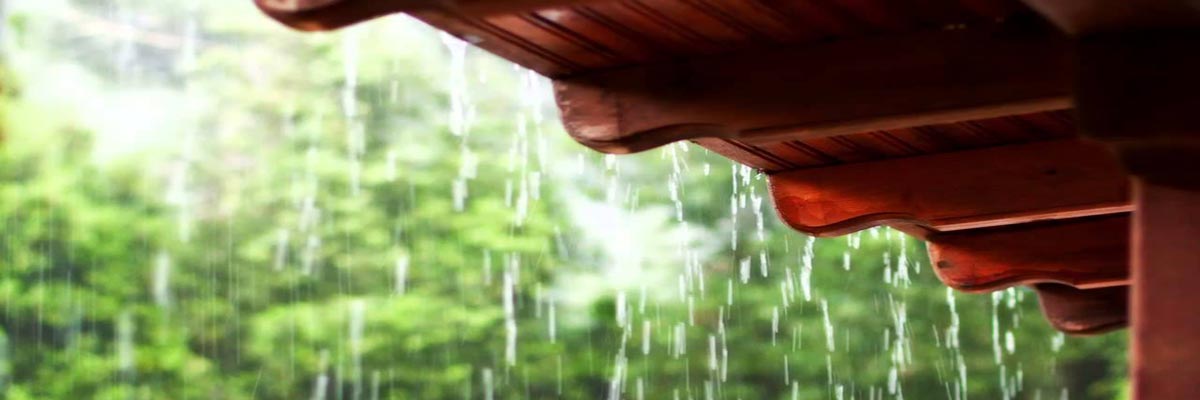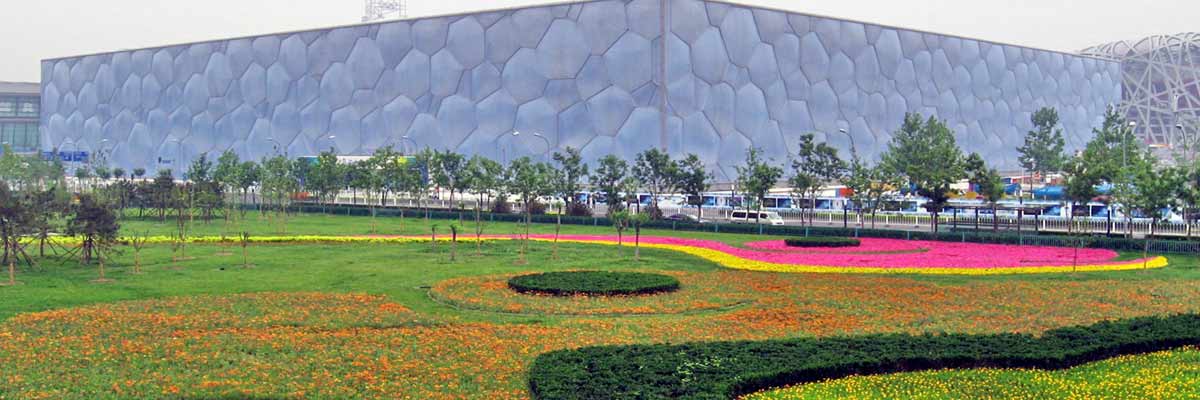Colorado Legalizes Rain Water Harvesting. Kind Of.
Back in June of last year, we dropped the story that harvesting rain water in Colorado was actually an illegal activity. We commented on just how dumb this law was — and over 100 comments later, many of you agreed. Almost a year later, the Colorado legislature has revised the draconian law to give some homeowners rights the water that falls from their roofs. But not everyone will be happy. From the article,
If you live in the city, don’t install a barrel under your gutter spout just yet. The legislation lets residents on wells collect rain and establishes 10 pilot projects for new developments. Residents on municipal water still can’t legally collect rain, and water suppliers are leery of legislation that would let them. “All the water was spoken for here in the Arkansas Basin 100 years ago or more,” said Kevin Lusk, water supply engineer for Colorado Springs Utilities. “If the water falls as rain, that’s water that was going to get to the stream system, and somebody already has dibs on it, and if somebody intercepts that, it’s the same as stealing.”
Global Warming Swimming Pool Delivers Clever Message
Back in November, British banking giant HSBC did a clever thing with a swimming pool: they took a picture of New York City from above and applied it to the bottom to make a point about climate change and rising sea levels. The effect is nothing short of amazing. My eyeballs are still having trouble not believing these people aren’t swimming a thousand feet above the NY skyline. Granted, sea levels would never rise that much — and the water probably wouldn’t be crystal clear (or toxin-free) — but, it still makes you think.
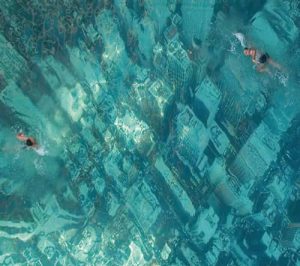
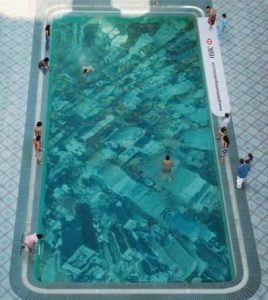
Rain Barrel Rain Chains Offer A Pleasing Alternative To Downspouts
Ever forward on my mission to get more people using rain barrels, I wanted to draw some attention today to the beauty of rain chains. Since aesthetics outside the home is often of great importance to some, plastic or metal downspouts can sometimes be less than pleasing going into your rustic rain barrel. Rain chains are a nice alternative if you’re looking for something else to complete the picture. Harvest H20 gives us a great description of how they work:
Utah Residents and Businesses Do Not Own the Water that Falls on Their Property
Like Colorado, Utah has laws on the books that make it illegal to collect rainwater that falls on one’s property. A Utah car dealer installed a cistern and rainwater collection system to feed a on-site car wash that has water recycling technology. This was in an attempt to “go green”. He was thwarted by the state government, and eventually had to work out a deal. Local residents who collect rainwater will not be bothered at this point because “there are bigger fish to fry”.
In Colorado, Rain Barrels Are Illegal. Yup.
Yesterday, after I vented a bit on the lack of rain barrel options at Big Box stores, a reader tipped us off to a very interesting issue in her state of Colorado. Rain barrels there, you see, are outlawed. Colorado state law mandates that any water falling from the air is not yours. In fact, according to their site, its already been “legally allocated” — so, you don’t actually have any rights when it comes to using precipitation that falls on your property. Here’s the exact wording:
Colorado Water Law requires that precipitation fall to the ground, run off and into the river of the watershed where it fell. Because rights to water are legally allocated in this state, an individual may not capture and use water to which he/she does not have a right. We must remember also that rain barrels don’t help much in a drought because a drought by its very nature supplies little in the way of snow or rain.
Additionally, any and all water that comes from tap may only be used once. “Denver water customers are not permitted to take their bath or laundry water (commonly referred to as gray water) and dump it on their outdoor plants or garden.” Even if that said water is ecologically-friendly?
We’re not alone in thinking this is a stupid law. Last summer, The Colorado Springs Gazette said the following:
Beijing’s Olympic Aquatic Centre Is A Green Wonder
Just in time for the 2008 Olympic games in Beijing, the official grand opening of the Olympic Aquatic Centre took place this past Monday in celebration of its unique architecture and eco-friendly characteristics.
The building, four years in the making, is nicknamed the “Water Cube” and is a rectangular-shaped steel design covered by a membrane of brightly lit blue bubbles. Not only are these stunning to look at, but they also serve an important purpose in reducing energy costs by 30%. The membrane is made out of a material called ETFE, (Ethylene Tetrafluoroethylene) which absorbs solar radiation and reduces thermal loss. Very similar, I suppose, to the way a solar cover works on a pool.
Not only is ETFE recyclable, but it’s also very strong; capable of bearing up to 400 times its own weight. Gizmag fills us in on additional details,
